Sommige stoffen hebben een grotere potentie om een huidirritatie dan wel een huidallergie op te wekken dan anderen, en worden hierdoor respectievelijk contactirritantia en contactallergenen genoemd.
Cosmetica-allergieën lijken steeds vaker voor te komen (Goossens, 2016). Vanwege de glijdende schaal waarvan sprake is bij huidirritaties en allergieën, is het voor alle mensen verstandig om blootstelling aan contactirritantia en contactallergenen zoveel mogelijk te vermijden (Park & Zippin, 2014).
In dit artikel een overzicht van de in cosmetica veelvoorkomende contactirritantia en -allergenen.
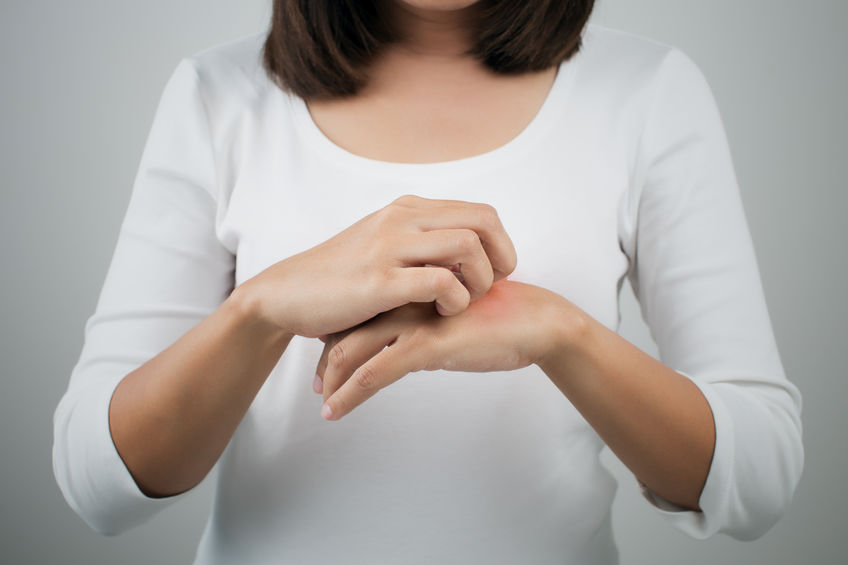 Cosmetische contactirritantia: een overzicht
Cosmetische contactirritantia: een overzicht
In cosmeticaproducten veel voorkomende contactirritantia, zijn:
- zeep (Bettley & Donoghue, 1960);
- Sodium Lauryl Sulfate (SLS) (Lee et al., 2004);
- (gedenatureerde) alcohol (Opaswongse & Maibach, 1994);
- UV-filter Benzophenone-3 (Oxybenzone) (SCCS, 2008);
- irriterende plantenextracten (Jack et al., 2013).
Overigens zijn er tevens cosmetica-ingrediënten waar je huid in de juiste concentratie en cosmeticaformulering veel baat bij kan hebben, maar waar je huid eerst aan moet wennen, en die in het begin ook huidirritatie kunnen veroorzaken. Dit zijn ingrediënten zoals retinol, glycolzuur, salicylzuur, en azelaïnezuur.
Cosmetische contactallergenen: een overzicht
Veel voorkomende contactallergenen in cosmetica, zijn:
- parfum(allergenen) (SCCS, 2012);
- veel verschillende soorten conserveermiddelen (Yim et al., 2014), met name:
– parabenen (INCI-namen: Methyl-, Ethyl-, Butyl- en Propylparaben);
– chloorhexidine (INCI-naam: Chlorhexidine);
– methylisothiazolinone (INCI-naam: Methylisothiazolinone) en methylchloroisothiazolinone (INCI: Methylchloroisothiazolinone);
– formaldehydedonoren (INCI-namen: Formaldehyde, 2-Bromo-2-nitropropane-1,3-diol, 5-Bromo-5-nitro-1,3-dioxane, Benzylhemiformal, MDM Hydantoin, DMDM Hydantoin, Diazolidinyl Urea, Imidazolidinyl Urea, Polyoxymethylene Urea, Methenamine, Polyoxymethylene Melamine, Quaternium-15, Sodium Hydroxymethylglycinate en Tris(hydroxymethyl)nitromethan;
– sorbinezuur (INCI-naam: Potassium Sorbate); - acrylaten: esters of zouten van acrylzuur, die vaak worden gebruikt als filmvormers in kunstnagels (met name acrylnagels) (INCI-namen: Ethyl Acrylate, Ethyl Methacrylate en Methyl Methacrylate);
- haarbleekmiddel Ammonium Persulfate (SCCS, 2012);
- Cocamidopropyl Betaine (CAPB), een zeer milde, amfotere reiniger die helaas wel een sensibiliserend effect heeft (Burnett et al., 2012);
- kleurstoffen (veel voorkomende cosmetica-ingrediënten in make-up, op de ingrediëntenlijst te herkennen aan een CI-nummer).
Voor kinderen zijn ook de conserveermiddelen benzoëzuur (INCI-naam: Benzoic Acid) en natriumbenzoaat (INCI-naam: Sodium Benzoate) ongeschikt, omdat deze bij hen contacturticaria (galbulten) kunnen veroorzaken (Nair, 2001; CIR, 2011).
Bronnenlijst
Bettley, F. & Donoghue, E. (1960). The irritant effect of soap upon the normal skin. British Journal of Dermatology, 72(2), 67-76.
Burnett, C. L., Bergfeld, W. F., Belsito, D. V., Hill, R. A., Klaassen, C. D., Liebler, D., … & Andersen, F. A. (2012). Final report of the Cosmetic Ingredient Review Expert Panel on the safety assessment of cocamidopropyl betaine (CAPB). International journal of toxicology, 31(4), 77S-111S.
Cosmetic Ingredient Review (CIR) Expert Panel (2011). Amended Final Safety Assessment Benzyl Alcohol, and Benzoic Acid and its Salts and Benzyl Ester.
Fluhr, J. W., Darlenski, R., Angelova-Fischer, I., Tsankov, N., & Basketter, D. (2008). Skin irritation and sensitization: mechanisms and new approaches for risk assessment. 1. Skin Irritation. Skin Pharmacology and Physiology, 21(3), 124-135.
Goossens, A. (2016). Cosmetic Contact Allergens. Cosmetics, 3(1), 5.
González-Muñoz, P., Conde-Salazar, L., & Vañó-Galván, S. (2014). Allergic Contact Dermatitis Caused by Cosmetic Products. Actas Dermo-Sifiliográficas (English Edition), 105(9), 822-832.
Jack, A. R., Norris, P. L., & Storrs, F. J. (2013). Allergic contact dermatitis to plant extracts in cosmetics. Semin Cutan Med Surg, 32(3), 140-6.
Lee, C.H., Kim, H.W., Han, H.J. & Park, C.W. (2004). A Comparison Study of Nonanoic Acid and Sodium Lauryl Sulfate in Skin Irritation. Exog Dermatol, 3, 19-25.
Nair, B. (2001). Final report on the safety assessment of Benzyl Alcohol, Benzoic Acid, and Sodium Benzoate. International journal of toxicology, 20, 23-50.
Ophaswongse, S., & Maibach, H. I. (1994). Alcohol dermatitis: allergic contact dermatitis and contact urticaria syndrome. Contact Dermatitis, 30(1), 1-6.
Park, M. E., & Zippin, J. H. (2014). Allergic contact dermatitis to cosmetics. Dermatologic clinics, 32(1), 1-11.
SCCS (2008). Opinion of the Scientific Committee on Consumer Safety on Benzophenone-3. Colipa n° S38. Adopted by the SCCS at its 16th plenary meeting of 18 September 2012. Opinion adopted by the SCCP during the 18th plenary of 16 December 2008.
SCCS (2012). Scientific Committee on Consumer Safety opinion on fragrance allergens in cosmetic products. Adopted by the SCCS at its 15th plenary meeting of 26-27 June 2012.
Voedsel en Waren Autoriteit (VWA) (2007). Cosmetische producten voor kinderen: Inventarisatie van de markt en de veiligheidsborging door producenten en importeurs. ND04o065/ND05o170.
Yim, E., Nole, K. L. B., & Tosti, A. (2014). Contact dermatitis caused by preservatives. Dermatitis, 25(5), 215-231.

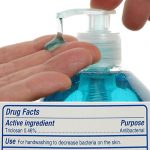
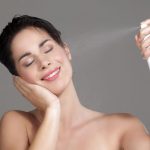
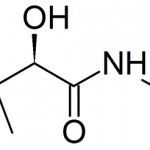
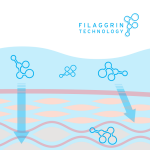

Review mijn reviews